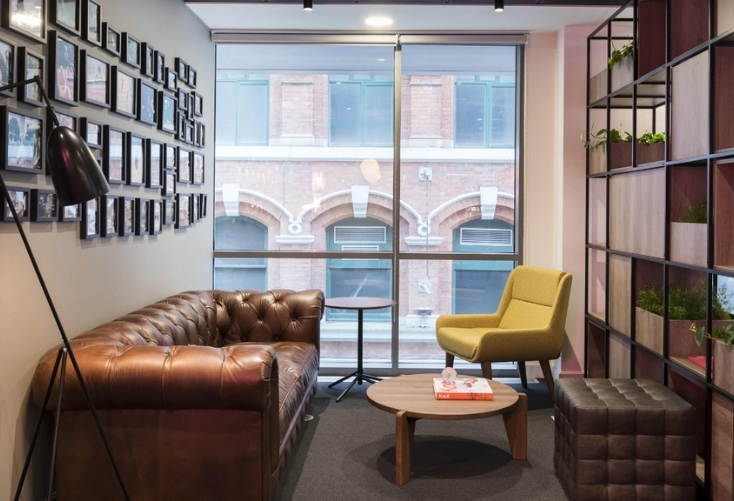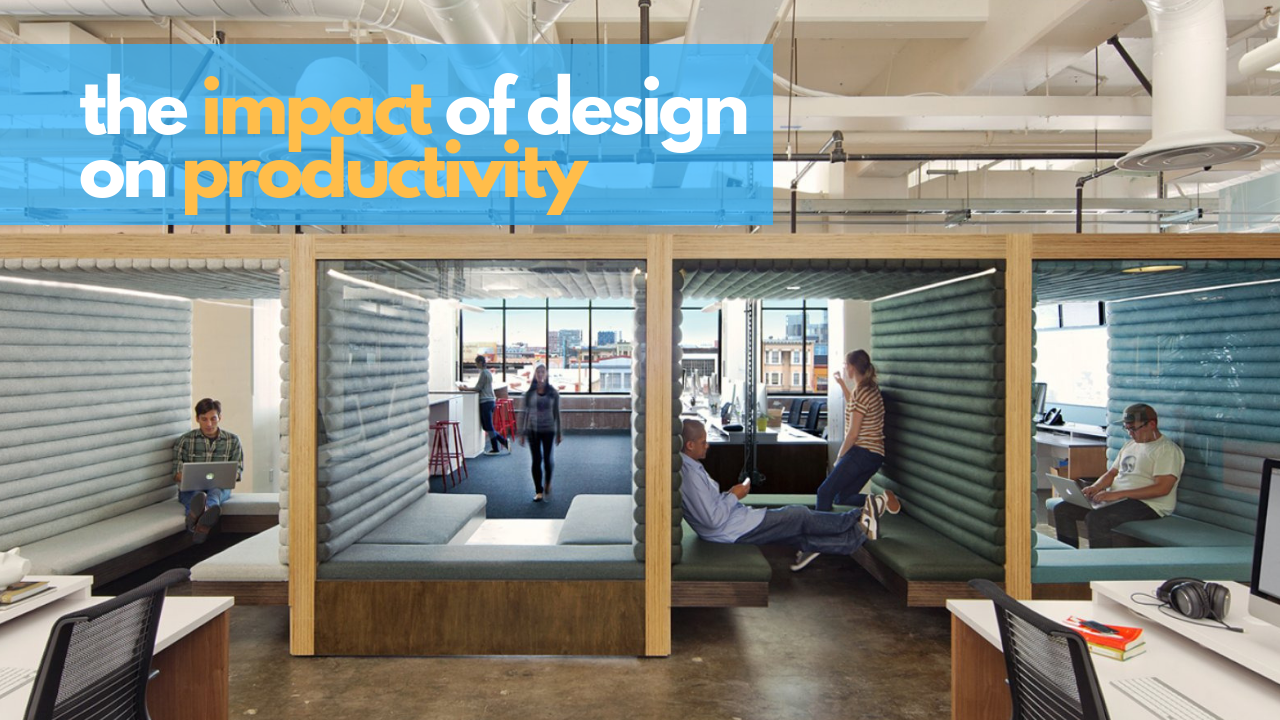- Co-founder of K2 Space, Mark Phillips, discusses how office design can have a significant impact on productivity
- A new study has found that 21% of UK workers feel they would be more productive in a better designed workplace
- Furniture, office layout, and natural light are just some of the design elements that can help or hinder staff happiness and productivity
Mark Phillips is the co-founder and Managing Director at K2 Space, a workplace design and fit-out specialist headquartered in London.
As the workplace continues to evolve, office designers are increasingly tasked with creating spaces that not only meet staff needs, but exceed them — and nowhere epitomizes this more than coworking environments.
While coworking spaces have existed for many years, it is only somewhat recently that they have achieved mainstream status, with more and more providers entering the market to meet the needs of an increasingly fluid workforce.
Many argue that the creative layout of flexible spaces is one of the major catalysts responsible for the shift away from more traditional office space, and has aided the rising popularity of collaborative working environments.
The varied needs of occupants is a key influence in the overall layout and aesthetic of emerging modern workplaces. Therefore, there is little doubt that design is a significant factor for many new coworking providers seeking to create ‘a destination workplace’ — a space where people want to work.

Consequently, the workplace experience has come to the fore with journeys mapped from entrance, to desk, to departure — everything including the layout, furniture, and choice of coffee forms part of this experience.
However, the fundamental goal remains the same — people want to be able to work in an environment that allows them to be as productive as possible.
Poorly designed workplaces are hampering performance
Recent research, including a report published by office design company, K2 Space, has found that over a fifth (21%) of UK workers feel they would be more productive in a better designed workplace.
Results from the K2 Space study also suggest that staff consider having access to natural light and a variety of workspace options as absolute essentials in the modern office.
These findings support a past report by Human Spaces which found that natural light (42%) and quiet work spaces (22%) were the desired elements in any office. Of course, not all offices benefit from an abundance of natural light, nor do they have the required room to provide an array of different work areas — yet this doesn’t mean that they cannot create a workplace that truly works for their organization and staff.

Creative office designers can advise companies on how best to position workspaces to make the most of the natural daylight that is available.
And for locations where natural light is in short supply, they’ll be able to provide expert guidance on alternative solutions, such as effective smart LED lighting or how to create a connection with nature and the outdoors by introducing plantlife into the workspace.
Professional designers can also offer creative suggestions to help companies utilize otherwise dead space, for example, by creating small one or two person booths ideal for taking private calls or undertaking independent work without distraction.

When it comes to optimizing the space available, the possibilities really are endless.
It will be interesting to see how the next 5-10 years impact the design of coworking space and workplaces in general, as workers aspire to work in spaces that allow them to be productive and happy at the same time. Unquestionably, companies and coworking providers will have to significantly up their game when it comes to office design, with those pioneers who did so earliest reaping the rewards.


 Dr. Gleb Tsipursky – The Office Whisperer
Dr. Gleb Tsipursky – The Office Whisperer Nirit Cohen – WorkFutures
Nirit Cohen – WorkFutures Angela Howard – Culture Expert
Angela Howard – Culture Expert Drew Jones – Design & Innovation
Drew Jones – Design & Innovation Jonathan Price – CRE & Flex Expert
Jonathan Price – CRE & Flex Expert










